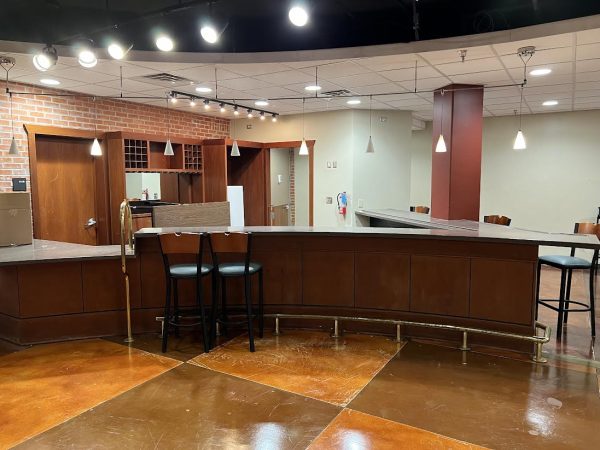Three-year residency requirement isn’t all bad
I’ll say it outright: I think Trinity’s three-year on-campus residency requirement is a good thing. Many people may disagree, but I genuinely believe that having a campus community built around students living together strengthens our joined experiences and will carry us forward into the future.
The biggest reason I came to this institution was the community. When I first came to visit Trinity as a prospective student, I was struck by how cohesive the people seemed to be.
From student to student, there was a constant sense of admiration and appreciation for those around them. Once I arrived as a full-blown first-year, I could tell why. It’s because an extraordinary amount of effort is expended on developing a residential life community. Part of that is the commitment of resources. With over 50 resident advisers (RA) and a significant cost associated with training and housing them, the university is providing the people necessary to facilitate a great experience for residents for all three of the mandatory years. We all remember the awkward hall meetings with our RA on our first night (complete with fantastically entertaining icebreakers), and that’s just one instance of fostering a campus community.
Furthermore, a strong on-campus living community is what makes so many student organizations possible. If you had to drive 10 minutes to get back to campus for one club meeting, I would wager that many students wouldn’t choose to be a part of so many different extracurricular activities.
With the new student involvement space and ongoing initiatives to strengthen on-campus involvement opportunities (such as Earn Your Stripes), there continues to be a focus on involvement that just wouldn’t be possible without the housing requirement.
Even though there are a lot of positives to the residency requirement, I can understand some of the gripes that students have with it — namely the cost and the perpetuation of the “Trinity Bubble.”
Housing and the associated meal plan, which is required of all students living on campus, costs more than $10,000 per academic year. That is a lot of money. But without many people eating in Mabee Dining Hall and living in the residence halls, the cost for those facilities would go up for students that do want to live on campus and be a part of the community I emphasized earlier. Economies of scale make all of these facilities possible.
Another counter-argument to requiring three years of residency is the Trinity Bubble, meaning that students aren’t getting real-world experience of living on their own and enjoying the San Antonio community.
While the thought of living on my own without the support of our lovely dining and maintenance facilities sounds appealing, I don’t think I’m ready to deal with the stress of owning or renting my own apartment.
Even throughout senior year, there’s so much required of students: graduation preparations, finding a job, finishing up Pathways and at the same time remembering to enjoy their last year at Trinity. College is meant to be a transition from high school to real life and the semi-protective bubble we are engulfed in while living on Trinity’s campus is a part of that transition.
Trinity also does what it can to encourage students to get out and explore the seventh largest city in the United States. No, they don’t launch us out of catapults and hope we land in the Riverwalk. But with organizations like TUVAC encouraging service and SGA bringing BCycle (now SWell Cycle) to campus with the university’s blessing, there are myriad ways to get out of the bubble and into the city.
Overall, I think that fostering a residential community for three years is a core part of what Trinity really is. It’s a school built around community and the close connections that form between students, faculty and staff. Without a focus on building a tight-knit residential community, I wouldn’t love Trinity as much as I do.
Jordan Bruce is a sophomore Political Science major. He is an intern in the Office of Strategic Communications and Marketing.











